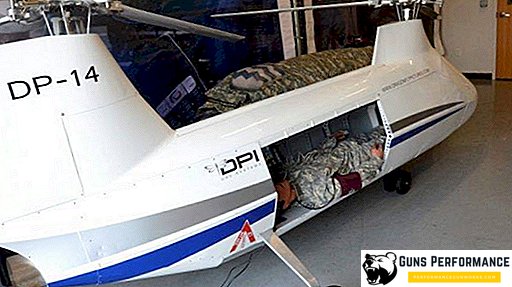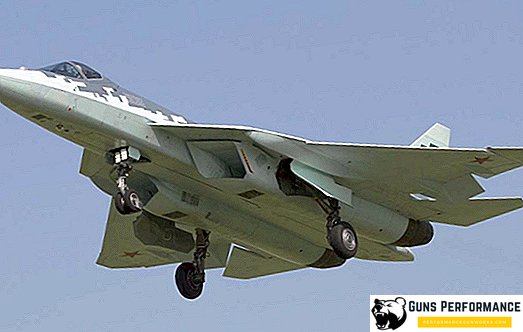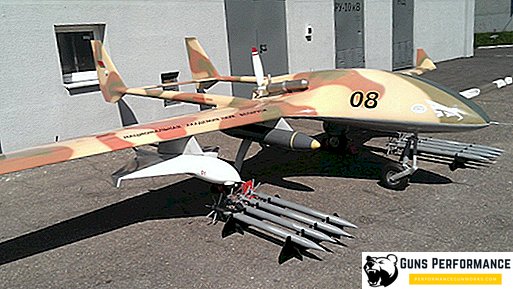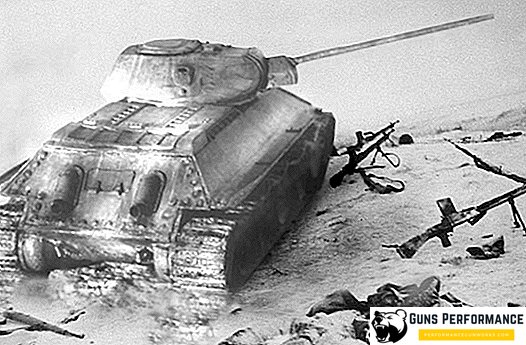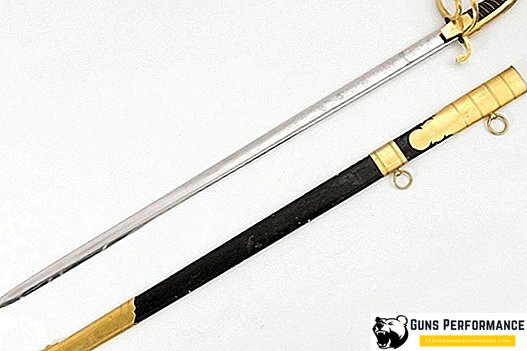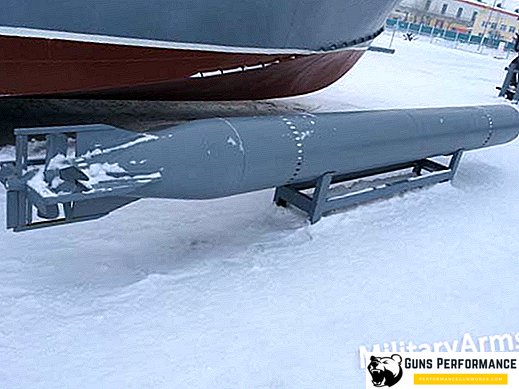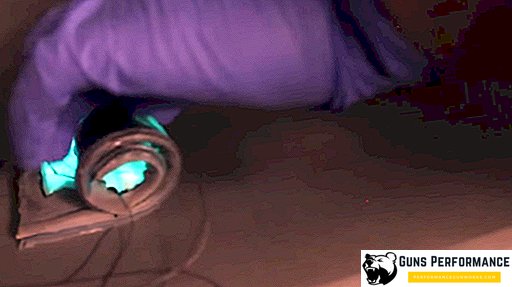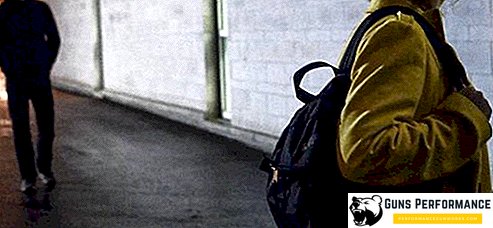Su 15 fighter for a long time was the basis of air defense of the USSR. The development of the aircraft began in the 1960s. The Su-15 received the prefix "interceptor" for its participation in a variety of air incidents that were associated with foreign aircraft infiltrating the territory of the Soviet Union. The loudest case was the destruction of the Boeing 747 in 1983 - it was a South Korean passenger plane.
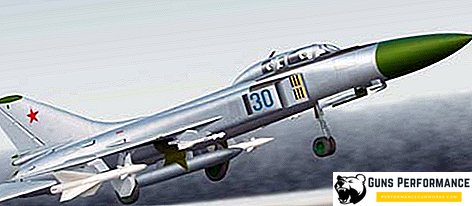
One of the names of this model is the air ram, it was obtained for the incident with the ram of an Argentine cargo plane. Also, the Su-15 fighter prevented the flight of another South Korean Boeing 707, which took place over the Kola Peninsula. Air ram is an unofficial nickname, but three main pilots are known, which were given by Soviet pilots - these are “Boeing assassins”, a sarcastic “dove of peace”, the third nickname is “air defense handsome”. Sometimes the plane was called "pencil" because of its thin and long fuselage. The fighter was really beautiful.
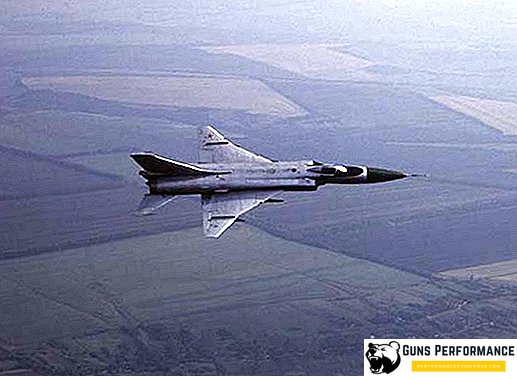
The capabilities of the car were amazing - the plane could intercept air targets at an altitude of 500 to 23,000 m and a speed range of 500 to 3,000 km / h. The interceptor was launched using amortized targeting - this task was performed by the ground-based Vozdukh-1 complex. Aiming, intercepting targets and targeting missiles equipped with a radar head was carried out by the radar. The Su 15 interceptor and self-guided missiles with an infrared head were equipped - the armament found its target due to the thermal (infrared) radiation that came from it.
The history of the creation of the Su-15
The creation of the aircraft began in the spring of 1960. The Su 15 interceptor has become a modernized version of the Su-11 fighter already in service with the USSR, which is also known as the T-47. In the development of a more mobile and multi-purpose aircraft, technologies from a folded project for the creation of a T-3M interceptor fighter were used. The new model received the designation Su-15, the working cipher was T-58. By means of modernization, the armed forces wanted to have at their disposal a machine capable of intercepting targets at a wider range of altitudes and speeds. During the development, an automated interception option was considered; for this, the aircraft needed to be equipped with an automatic control system, and the high speed did not allow the aircraft to be controlled remotely.

The prototype was built at the beginning of 1962, the test flight was conducted on May 30, 1962, piloted by the Su-15 test pilot V.S. Ilyushin. The final GSE tests were completed in record time, they took 10 months. The aircraft turned out to be more technological and safer than the Su-11 and Su-9 interceptors - during the tests there were no significant observations and incidents. According to the results of state testing, the only drawback of the aircraft was the short range. This deficiency was quickly eliminated - they increased the fuel supply at the fighter. Remove the minus became possible after straightening the fuselage, and also after removing the "waist".
The aircraft was adopted by the USSR Air Defense Forces on April 30, 1965; it was determined to be part of the Su-15-98 interception complex. This complex included the following components:
- Su 15 interceptor;
- RR-98 in two versions - with semi-active radar homing and passive thermal homing;
- Armament system "Orel-D-58";
- Ground launcher "Air-1M".
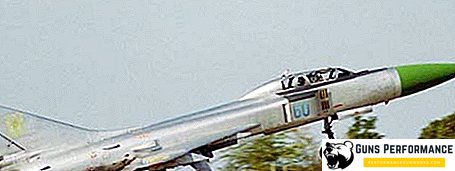
In 1966, the serial production of the interceptor began at the plant in Novosibirsk. In the shops, he replaced the Yak-28P. The launch of the first production model took place on March 6, 1966 - this time the plane was piloted by the factory tester I.F. Sorokin. In 1967, the car went to the air defense troops. The fighter regiment of the Moscow Air Defense District, located at the airfield in Dorokhovo, was the first reequipped for this model. Already during serial production, a border layer control system, UPS, was added to the Su-15. By blowing off the boundary layer on the flap, the takeoff and landing characteristics were improved.
Characteristics of the Su-15
Basic dimensions of the aircraft:
- Length - 22.03 meters;
- Height - 4.84 m;
- Razah wing - 9.43 m;
- Wing area - 36.3 m3.
TTH (tactical and technical characteristics):
- Crew - 1 person;
- Engine - TRD x 2 R13-300;
- Traction / afterburner - 4100/6600 kgf;
- Normal take-off mass - 17,200 kg;
- Maximum take-off - 17 900 kg;
- Maximum speed - 2230 km / h;
- Practical webs - 18,500 m;
- Practical range - 1380 km.
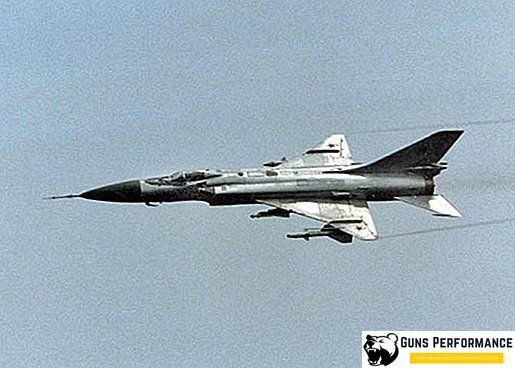
The armament was on 6 suspension nodes and weighed 1,500 kilograms, it included:
- 2 SD air-to-air with infrared systems and a semi-active radar installation;
- Guidance systems R-8M or R-98;
- Depending on the modification, the installation of 2 NAR units or 2 FAB-250 bombs was allowed.
Design features
The fuselage of the fighter consisted of two parts - the tail and the head. The model is supersonic single, its all-metal mid-plane was equipped with a normal aerodynamic configuration. The tail section was designed in such a way that it could be detached if necessary, in order to repair the engine or replace it. In the nose compartment was the RP-15M radar system, installed under the radio-transparent cone. Then they went: a compartment with a pilot's cabin, underneath it was a cabin compartment of equipment and a niche of the front landing gear. The cockpit consisted of a sliding part and a fixed visor with an armored block. So that the cabin could withstand high temperatures, the sliding part was made of heat-resistant plexiglass. On the sides were installed air intakes, equipped with an adjustment.
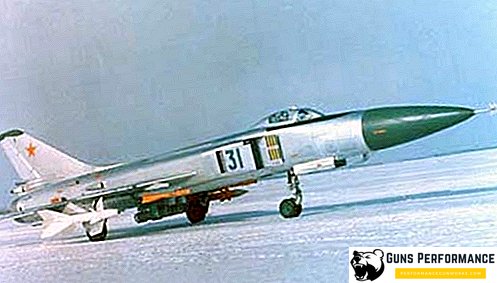
The interceptor was equipped with a triangular wing, it had an angle of 60 ° along the leading edge of the sweep. Each wing console received rotary flaps, equipped with a UPS system, which was introduced to increase lift during landing and take off. This system significantly increased the efficiency of aircraft flaps, although initially it was not included in the design of the aircraft. During serial production, the model was actively upgraded. Technical characteristics and performance characteristics have become more effective with the 11 series of Su-15. This was achieved by changing the design: the leading edge received an aerodynamic twist, as well as a break of 45 °, the wing area increased to 36.6 m3. The tail fin of the fighter included a stabilizer and a fin with a rudder.
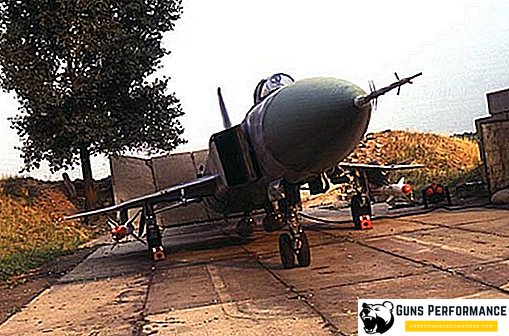
The Su-15 chassis was a classic model - 3-pillar: the front pillar was equipped with a brake wheel and could fit in the fuselage of a fighter; The cooling of the brake drums was carried out by the water-water method. The plane was also equipped with a braking landing parachute - it was located under the rudder.
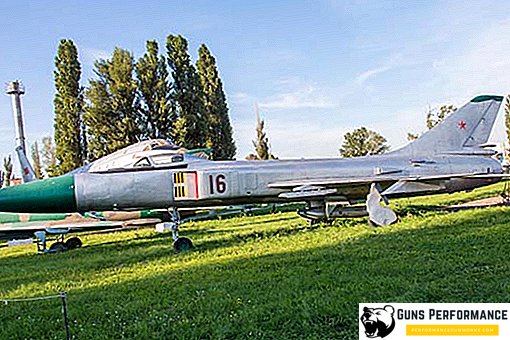
Aircraft control and systems
The pilot controlled the aircraft with the help of hydraulic boosters, included in the irreversible pattern. The boosters, or, as they are now called, boosters, were mounted near the controls - the steering wheel, the ailerons, the stabilizer. Four autonomous hydraulic systems were installed in the aircraft, with the help of which the landing gear was cleaned and released, air intakes were monitored, flaps, brake flaps were cleaned, radar antenna was powered.
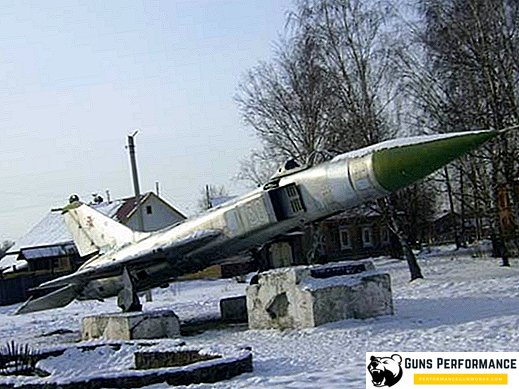
Systems worked on liquid AMG-10. In addition to hydraulic systems, the fighter had three pneumatic systems for autonomous work. They were used not only for emergency, but also for main braking, as well as pneumatic systems provided pressurization of the hydraulic tank and emergency release of flaps.
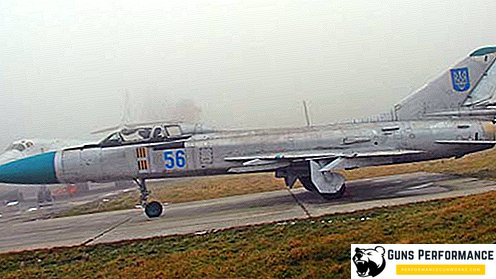
The latest versions of the Su-15 had 3 fuselage, 2 outboard and 2 wing tanks. In addition to tanks, there were pipelines and special units in the fuel system. Suspended fuel tanks were under the fuselage of the aircraft, they were secured by beam holders. The total capacity of all fuel tanks was 8600 liters. The Su-15 interceptor worked on aviation kerosene:
- RT;
- TC-1;
- T-1;
- T-2.
A total of 1,400 Su-15s of various modifications were produced - they formed the backbone of the Soviet air defense forces. The fate of the latest modifications (Su-15TM, Su-15UM) was unfortunate, most of these aircraft, without having exhausted their resources, were disposed of under the SALT-2 agreement of 1990.


